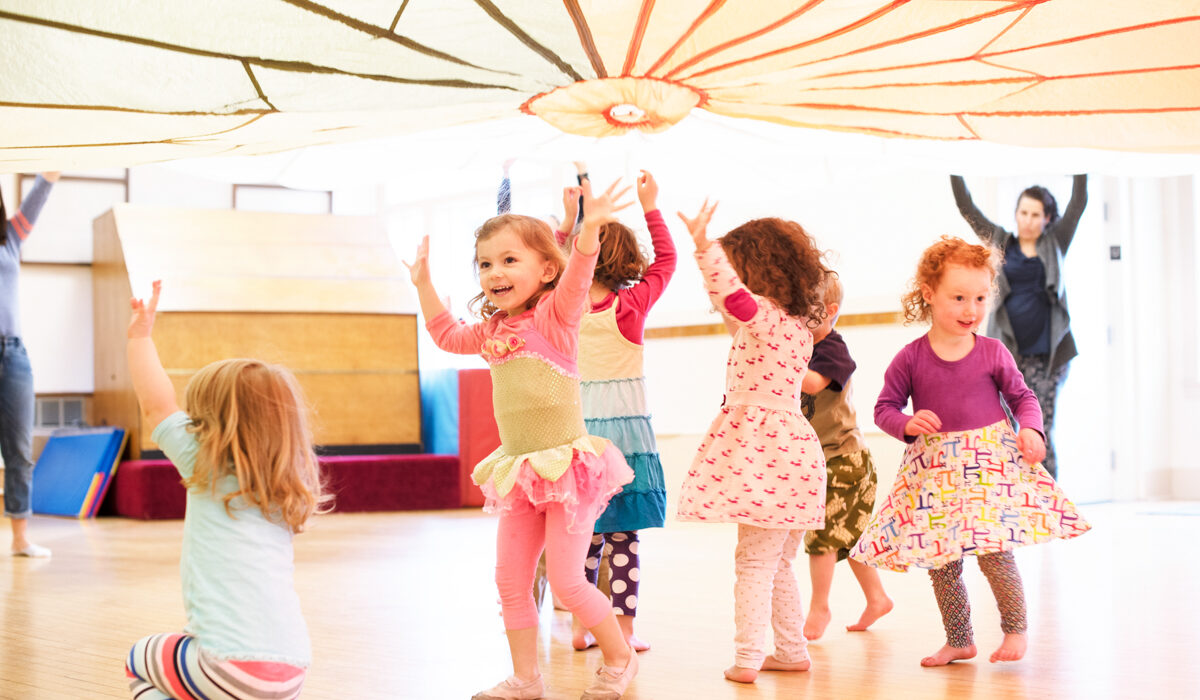In the bustling world of early childhood education, dance is often sidelined in favor of traditional subjects like numeracy and literacy. However, integrating dance into early childhood settings can profoundly enhance a child’s development. Dance not only makes learning fun but also supports physical, cognitive, emotional, and social growth. Here’s why early childhood dance activities should be a key component of your educational approach.
The Impact of Dance on Early Childhood Development
Dance for child development is a powerful tool that goes beyond just physical exercise. It plays a crucial role in nurturing various aspects of a child’s growth.
1. Physical Health and Development
Dance significantly contributes to physical development through dance. It helps children build strength, improve flexibility, and enhance coordination. Regular dance sessions are a fantastic way for children to channel their energy, improve cardiovascular health, and develop a strong sense of kinaesthetic awareness. For example, while activities like running and climbing are beneficial, incorporating dance provides a diverse range of movements that keep children engaged and active. Given that toddlers should be active for at least three hours a day, adding dance to their routine offers a fun and effective way to meet this goal.
2. Mental and Emotional Health
The benefits of dance extend to emotional development through dance. Physical movement, especially dance, is known to release endorphins that elevate mood and reduce stress. Through dance, children can express their emotions, explore their feelings, and improve their overall mental health. Additionally, mastering new dance moves or learning new songs can boost a child’s self-esteem and confidence. Dance teaches resilience and underscores that the learning journey is just as important as achieving the end goal.
3. Social Awareness and Skills
Dance is inherently social and can enhance social skills through dance. Participating in group dances or moving in sync with peers teaches children important social skills such as communication, cooperation, and empathy. Even informal dancing helps children develop a sense of space and timing, which is crucial for interacting with others. Organized dance forms like cheerleading or hip-hop further develop teamwork and social cohesion, making dance a valuable component of social development.
4. Skill Development
Beyond physical and social benefits, dance supports cognitive development through movement. It enhances memory, coordination, fine motor skills, and balance. As children engage with various dance styles and rhythms, they also develop a greater appreciation for music. Dance activities contribute to better limb coordination and balance, which are essential for both dancing and daily life.
Enhancing Your Classroom with Dance
Incorporating dance into the classroom can be transformative. Dance can be used to reinforce core concepts, introduce new ideas, or as a fun transition between activities. For educators looking to integrate dance effectively, consider exploring resources and lesson plans that focus on creative movement for young learners.
Programs like those offered by Kidz Bop, Moververse, and Move Dance Learn provide comprehensive tools for Dance Education and Dance-Based Learning, making it easier for educators to incorporate dance into their teaching strategies. These resources help streamline the process of integrating dance into early childhood education, ensuring that your students benefit from a holistic and engaging learning experience.

